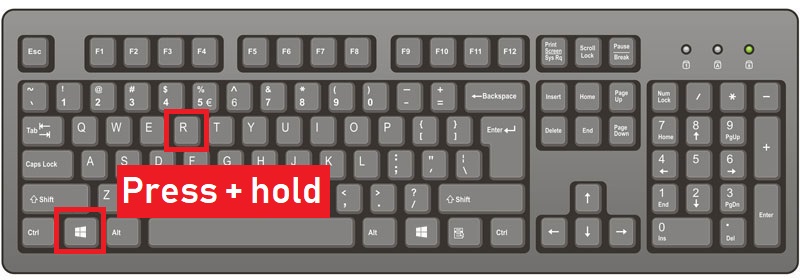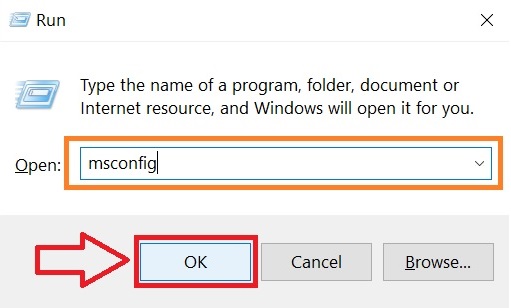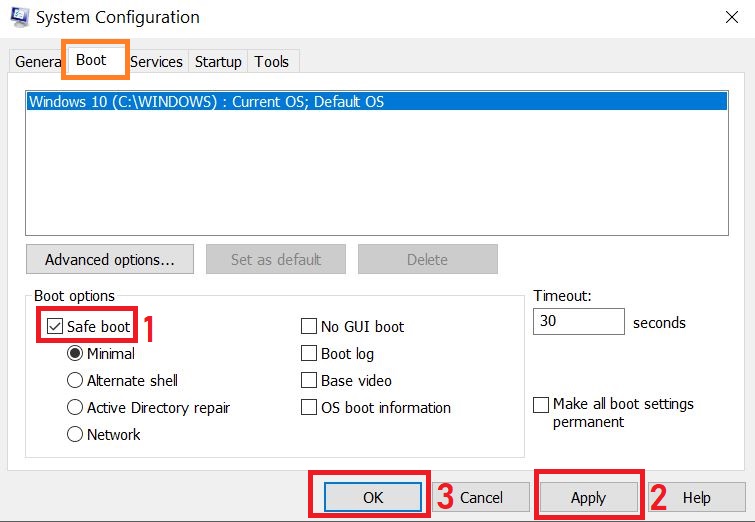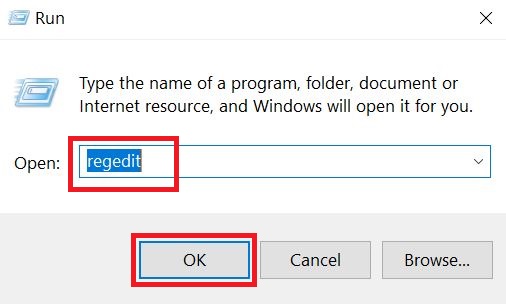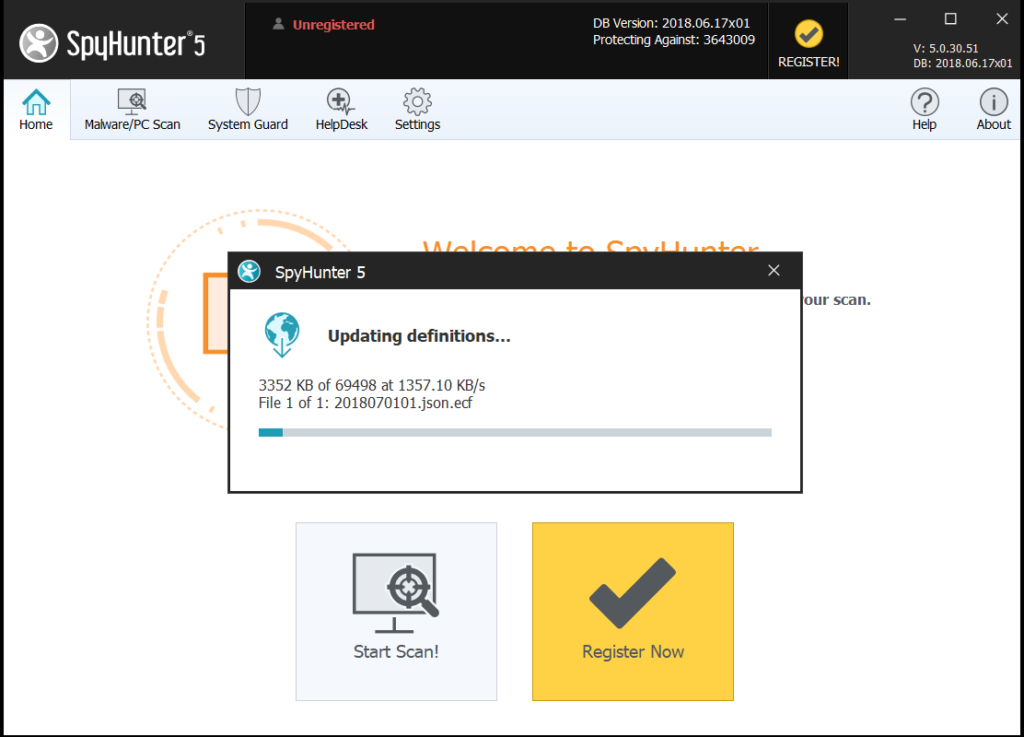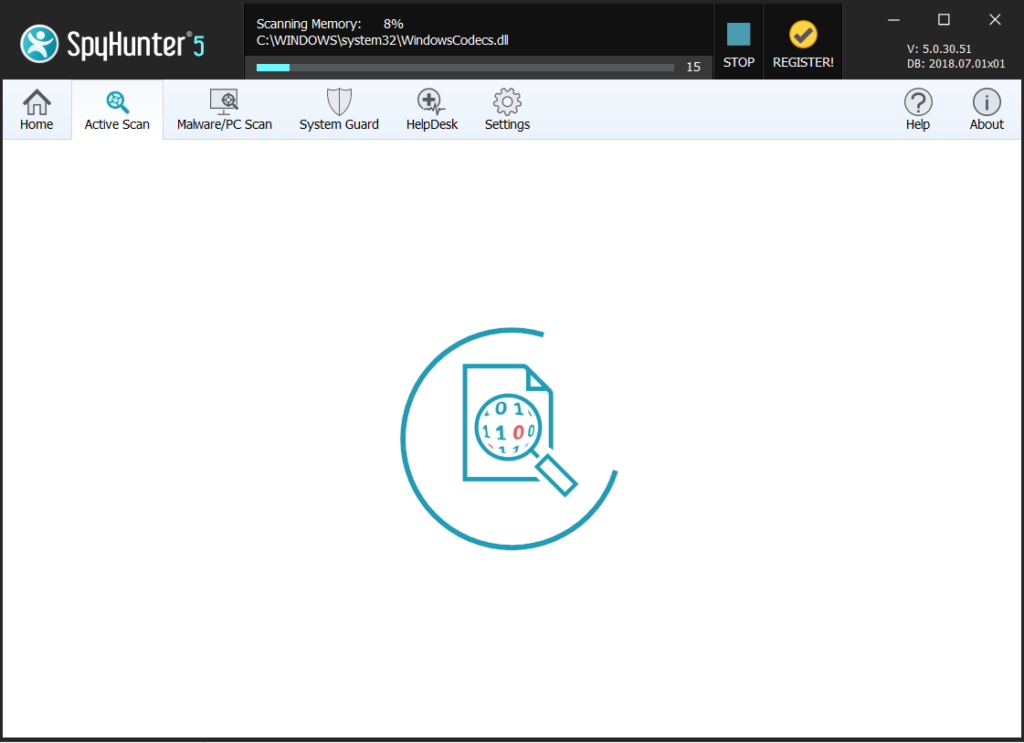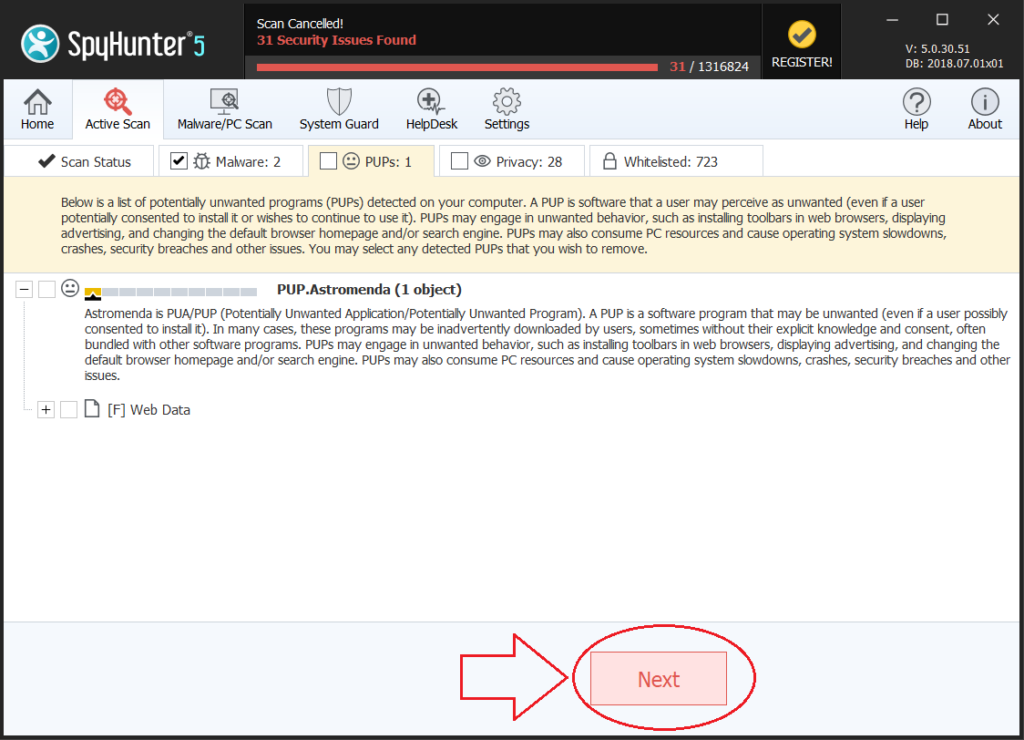This article has been created in order to help explain what is the latest variant of chekyshka Virus and how to remove it from your PC plus how you can try and recover files that are appended the .chekyshka file extension.
Another ransomware ransomware that encrypts files and then extorts victims to pay ransom in BitCoin in order to get them to open again has been detected in a .chekyshka virus variant. The new version of Dharma uses the .chekyshka file extension. It’s main goal is to slither on your PC undetected and then encrypt your files after which add a ransom note file. This note is the extortion note that threatens you that if you do not pay ransom you won’t see your files again. If you want to know more about Dharma ransomware and how you can try to remove it and try to recover your files, we recommend that you read this article underneath.
| Threat Name | .chekyshka Virus File |
| Category | Ransomware/Cryptovirus. |
| Main Activity | Infects the computer after which encrypts important documents and holds them hostage until a ransom is paid. |
| Signs of Presence | Files are encrypted with .chekyshka extension and users are extorted to pay ransom to get the data to work again.. |
| Spread | Via malicious e-mail spam and set of infection tools. |
| Detection+Removal | DOWNLOAD REMOVAL TOOL FOR .chekyshka Virus File |
| File Recovery | Download Data Recovery Software, to see how many files encrypted by .chekyshka Virus File ransomware you will be able to recover. |
The .chekyshka Virus File virus has been spotted using the its own file extension. The .chekyshka Virus File virus also communicates via TOR through which it sends a decrypter after the ransom has been paid. In case you are a victim of the new .chekyshka Virus File virus we advise you to read this article and learn how to remove the virus files and try to decode encrypted objects.
.chekyshka Virus File Virus – What Does It Do
Being a variant of the ransomware family, which exists in a lot of virus families, the .chekyshka Virus File ransomware has been reported to drop one or more executable files in the %AppData% Windows directory.
After doing so, the .chekyshka Virus File virus may modify the Windows registry entries, more specifically the Shell sub-key with the following location:
- HKLM/Software/Microsoft/WindowsNT/CurrentVersion/Winlogon/Shell
Then, the .chekyshka Virus File virus may also modify the Run registry key to run the executable file(s) in the %AppData% directory. The key is with the following path:
- HKLM/Software/Microsoft/Windows/CurrentVersion/Run/
This may result in the virus file booting alongside the Windows start-up process.
.chekyshka Virus File also drops a ransom note file with a ransom message and places it somewhere easy to locate. Then, the .chekyshka Virus File virus may attack files with the following file types to encrypt them:
- Videos.
- Images.
- Documents.
- Audio files.
- Archives.
After .chekyshka Virus File encrypts the files, the virus leaves the files no longer able to be opened and likely appends a custom file extension to them.
.chekyshka Virus File Ransomware – How Did I Get Infected
The infection process of .chekyshka Virus File is conducted primarily via spammed e-mails that have deceptive messages embedded within them. Such messages may pretend to be sent from services such as PayPal, UPS, FedEx and others. They may contain attachments that pretend to be invoices and other fake type of files. Other social engineering techniques include:
- Fake buttons and pictures as if the e-mails are sent from a social media site, like LinkedIn.
- Fraudulent PayPal links.
- Links to GoogleDrive and fake e-mails that look the same as if they are sent from Google.
Other infection tools may also include the usage of torrent websites and other third-party sites to upload fake updates, fake installers as well as other fraudulent executables.
Which Files May Get Affected by .chekyshka Virus File Ransomware?
.chekyshka Virus File Ransomware serves as a typical file-encoding Trojan. As soon as it gets access to your machine, this cryptomalware will perform a quick scan to find the paths to all of your personal files. The targeted data includes all MS Office documents, your precious photos and videos, your databases, the program files, etc. Only a few files such as the ones related to the core Windows processes may be spared. Once the operation ends, you will notice a threatening lockdown message on your desktop and the default file extension will become ‘.dll’. The cyber criminals give the victims only several days pay the ransom of Bitcoins, or else they threaten to delete forever the decryption key. The purpose of this frightening message is to shock the person and make him act irrationally. The victims often feel as the only solution to the issue is to pay the money. In reality, all specialists unanimously recommend not to follow the instructions of the hackers for several different reasons.How to Protect Yourself from .chekyshka Virus File Ransomware?
This ransomware may cause huge and often irreversible damage to the affected machines. Fortunately, you can prevent the infection as long as you are vigilant during your online sessions. This Trojan isn’t known to use some unique methods to infiltrate the defences of your computer. The most probable cause for .chekyshka Virus File Ransomware to enter is via spam emails. You may receive a message with a shocking content, encouraging you to either click on a malicious link or download a compromised file. The hackers have a whole arsenal of tools to manipulate you into doing so. For example, they may claim to represent an international bank or some popular shipping company. If they address you without mentioning your name, the email is probably a scam and you should ignore it. Unfortunately, if you simply click or download the infected file, your action will most likely be enough to activate the harmful codes of .chekyshka Virus File Ransomware. In this case, only a credible security solution may be able to prevent the forthcoming damage.
How to Delete .chekyshka Virus File Ransomware and Decrypt Your Files for Free?
The main reasons not to pay the ransom are two. First, you may not receive the promised unlocking key even after doing exactly as the hackers demand. They often scam the victims because the Bitcoin platform doesn’t allow refunds and the people have no way to get their money back. The second reason not to finance cyber criminals is that your money will only motivate them to create more aggressive ransomware like .chekyshka Virus File. On the other hand, if their attacks are in vain, they may stop spamming the web with such malicious Trojans. These parasites require quite some efforts to be created professionally and spread efficiently.
Once you decide not to pay the ransom, there are several other ways that may help you decrypt your personal files. You should begin the attempts by removing all traces of the malware. If you fail to delete .chekyshka Virus File Ransomware properly, it may decrypt your files once again in the future or spread to other connected devices. The manual removal is not the recommended solution since it requires expert-level knowledge in computers. The most reliable tactic is to use dedicated security software that has added F.chekyshka Virus File Ransomware to its database. Once the scan finishes, you should try some of the programs for restoration of files or the integrated System Restore feature. If you are lucky enough to have a spare copy of your files on some external device, you can import them back to your computer safely.
Removal Instructions for .chekyshka Virus File
If you want to remove .chekyshka Virus File, we strongly recommend that you first backup your data, just in case something goes wrong. Then, you can follow the manual or automatic removal instructions below, depending on which type of steps suits you more. If you lack the experience and the confidence that you will remove .chekyshka Virus File manually, then you should do what most experts would and save yourself some time by downloading and running a scan with an advanced anti-malware software. Such programs are created to quickly identify and remove threats and programs with intrusive behaviour, like .chekyshka Virus File, plus they also aim to ensure that your system is protected against future intrusions as well.
Preparation before removal of .chekyshka Virus File:
1.Make sure to backup your files.
2.Make sure to have this instructions page always open so that you can follow the steps.
3.Be patient as the removal may take some time.
Step 1: Reboot your computer in Safe Mode:
Step 2: Cut out .chekyshka Virus File in Task Manager

Step 3: Eliminate .chekyshka Virus File‘s Malicious Registries.
For most Windows variants:
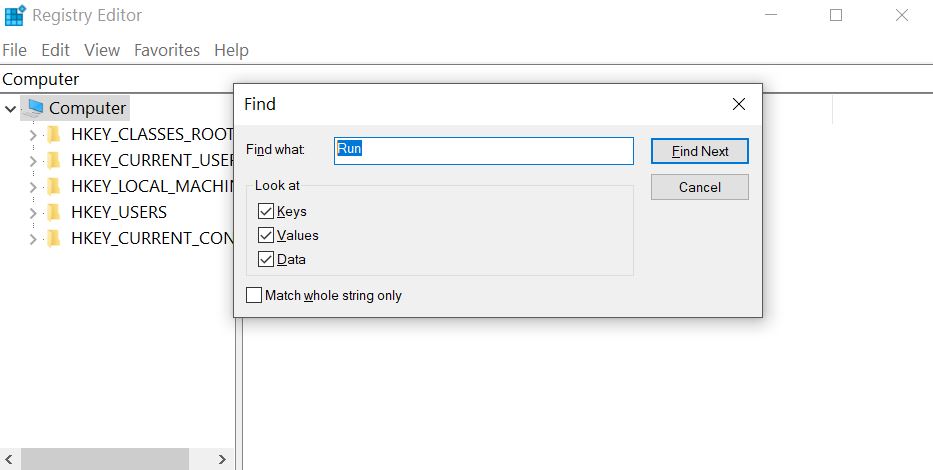
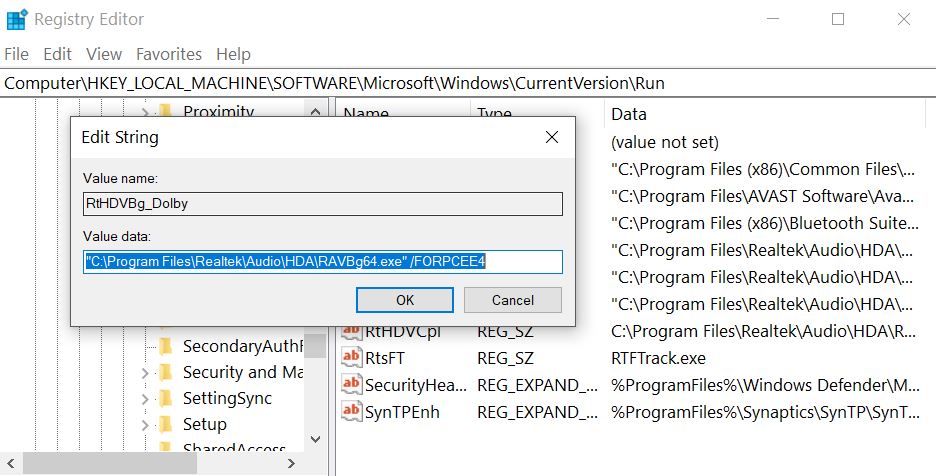
Step 4: Scan for and remove all virus files, related to .chekyshka Virus File and secure your system.
If you are in Safe Mode, boot back into normal mode and follow the steps below
It is advisable to run a free scan before committing to the full version. You should make sure that the malware is detected by SpyHunter first.
Step 5:Recover files encrypted by the .chekyshka Virus File Ransomware.
Method 1: Using Shadow Explorer. In case you have enabled File history on your Windows Machine one thing you can do is to use Shadow Explorer to get your files back. Unfortunately some ransomware viruses may delete those shadow volume copies with an administrative command to prevent you from doing just that.
Method 2: If you try to decrypt your files using third-party decryption tools. There are many antivirus providers who have decrypted multiple ransomware viruses the last couple of years and posted decryptors for them. Chances are if your ransomware virus uses the same encryption code used by a decryptable virus, you may get the files back. However, this is also not a guarantee, so you might want to try this method with copies of the original encrypted files, because if a third-party program tampers with their encrypted structure, they may be damaged permanently. Most of the currently available decryptors for ransomware viruses can be seen if you visit the NoMoreRansom project – a project that is the result of combined efforts of researchers worldwide to create decryption software for all ransomware viruses. Simply go there by clicking on the following LINK and find your ransomware version decrypter and try it, but always remember to do a BACKUP first.
Method 3: Using Data Recovery tools. This method is suggested by multiple experts in the field. It can be used to scan your hard drive’s sectors and hence scramble the encrypted files anew as if they were deleted. Most ransomware viruses usually delete a file and create an encrypted copy to prevent such programs for restoring the files, but not all are this sophisticated. So you may have a chance of restoring some of your files with this method. Here are several data recovery programs which you can try and restore at least some of your files:

